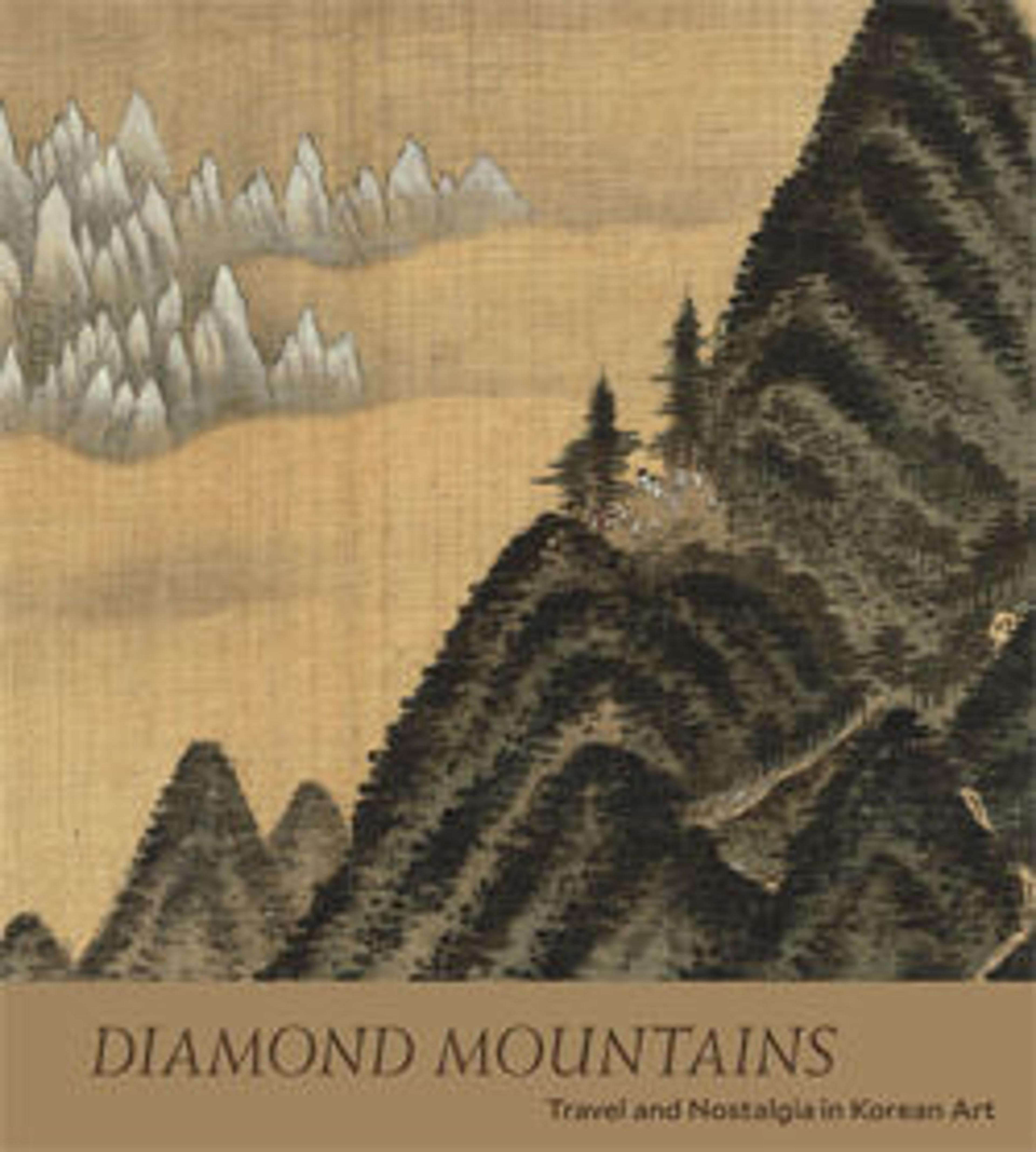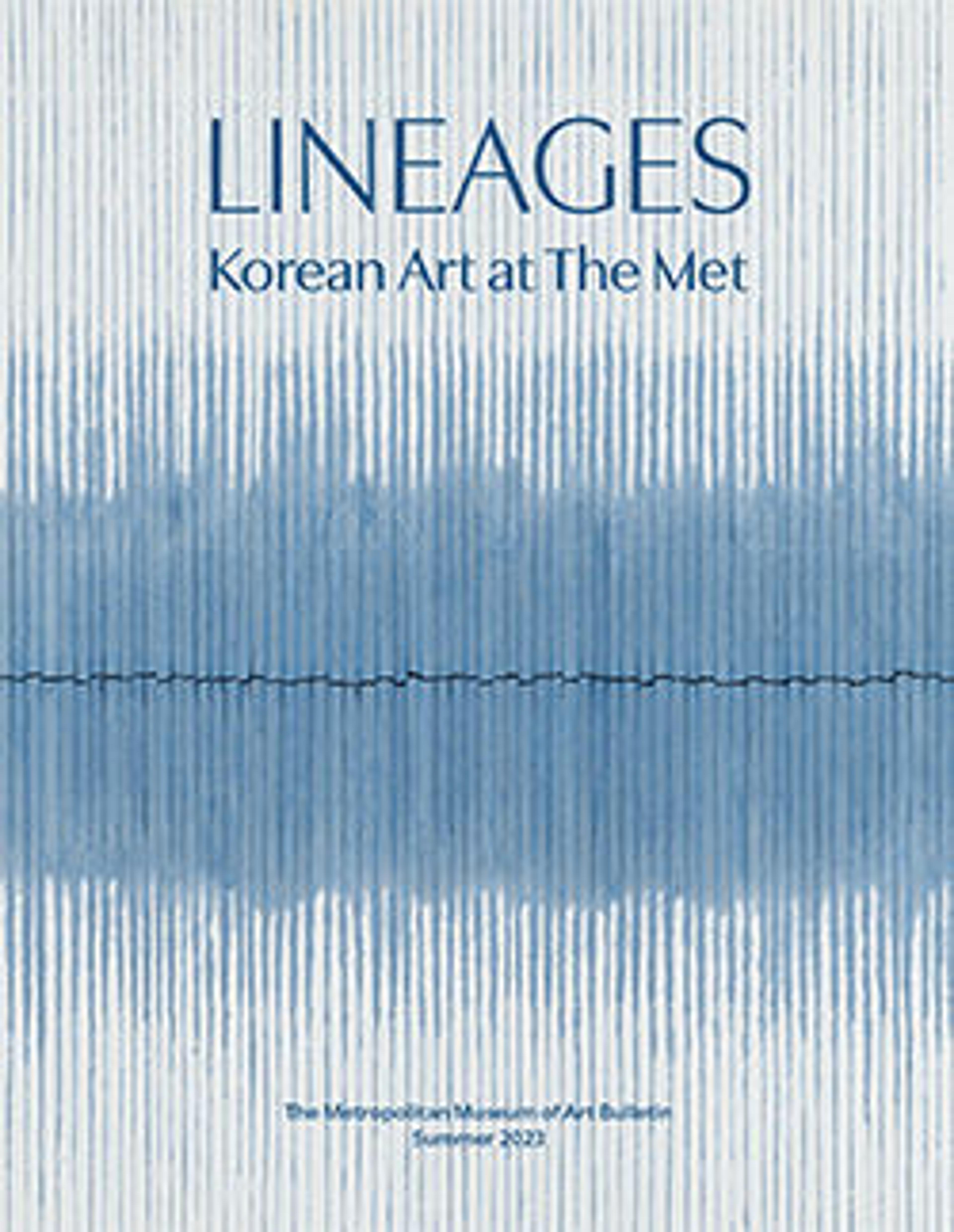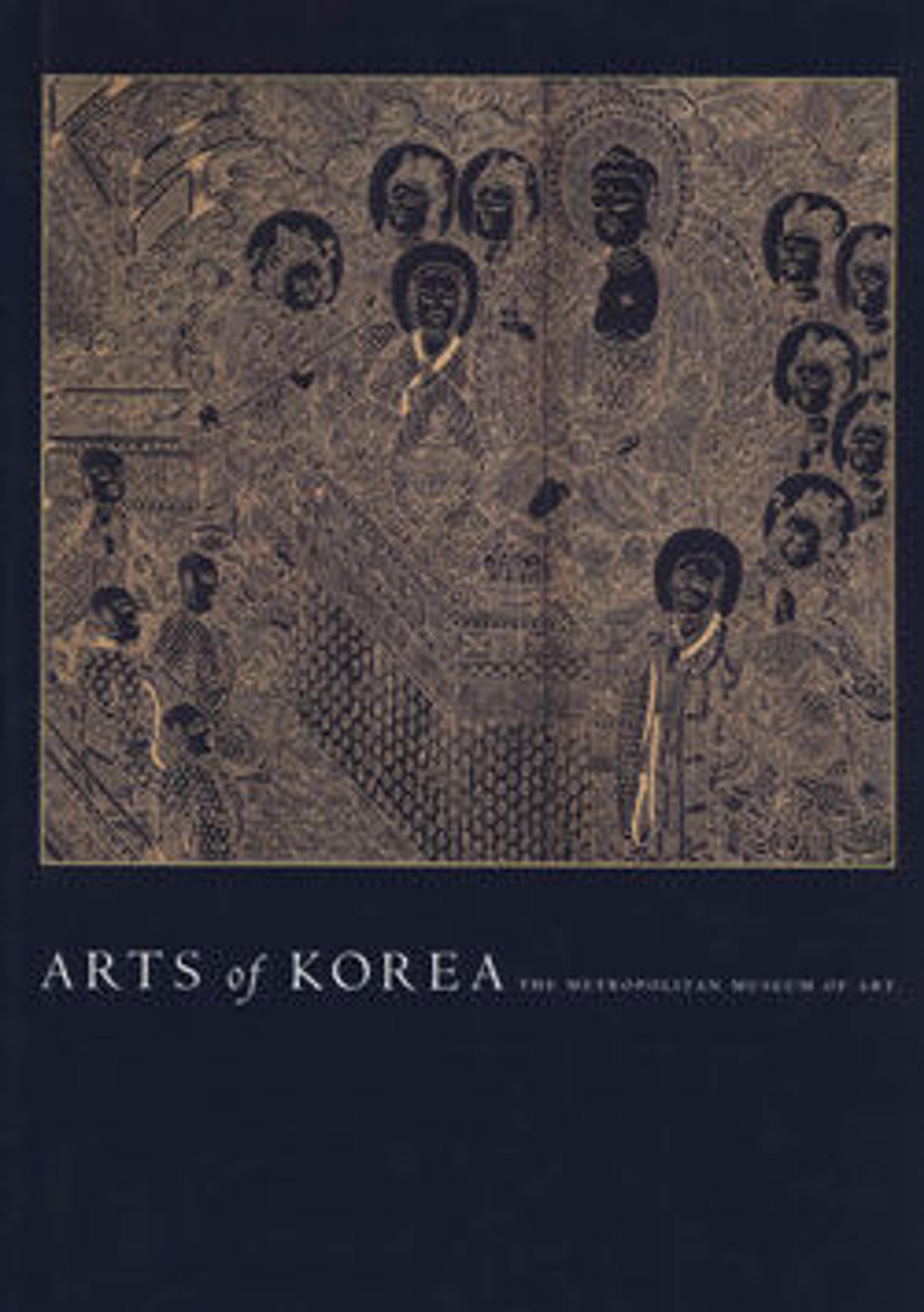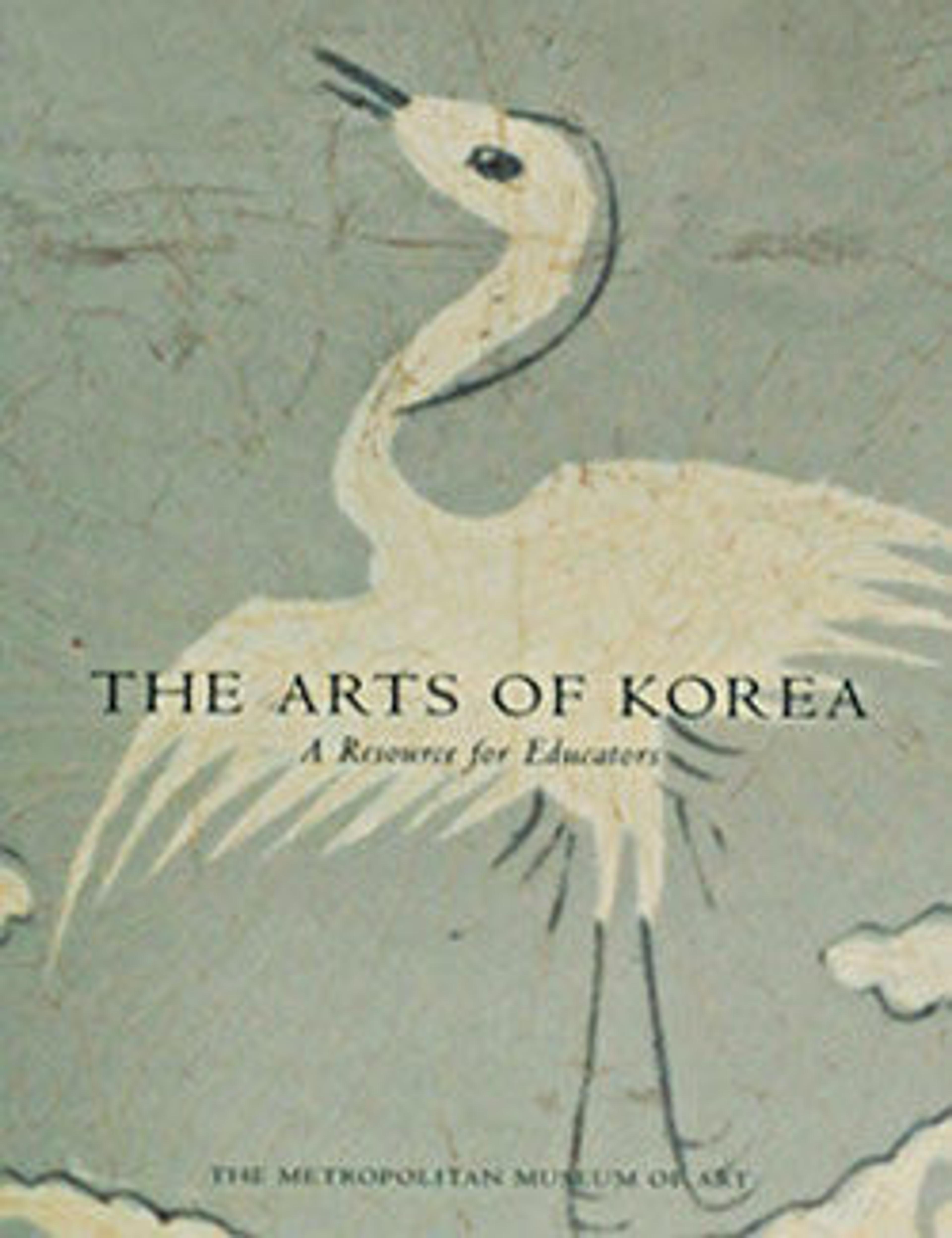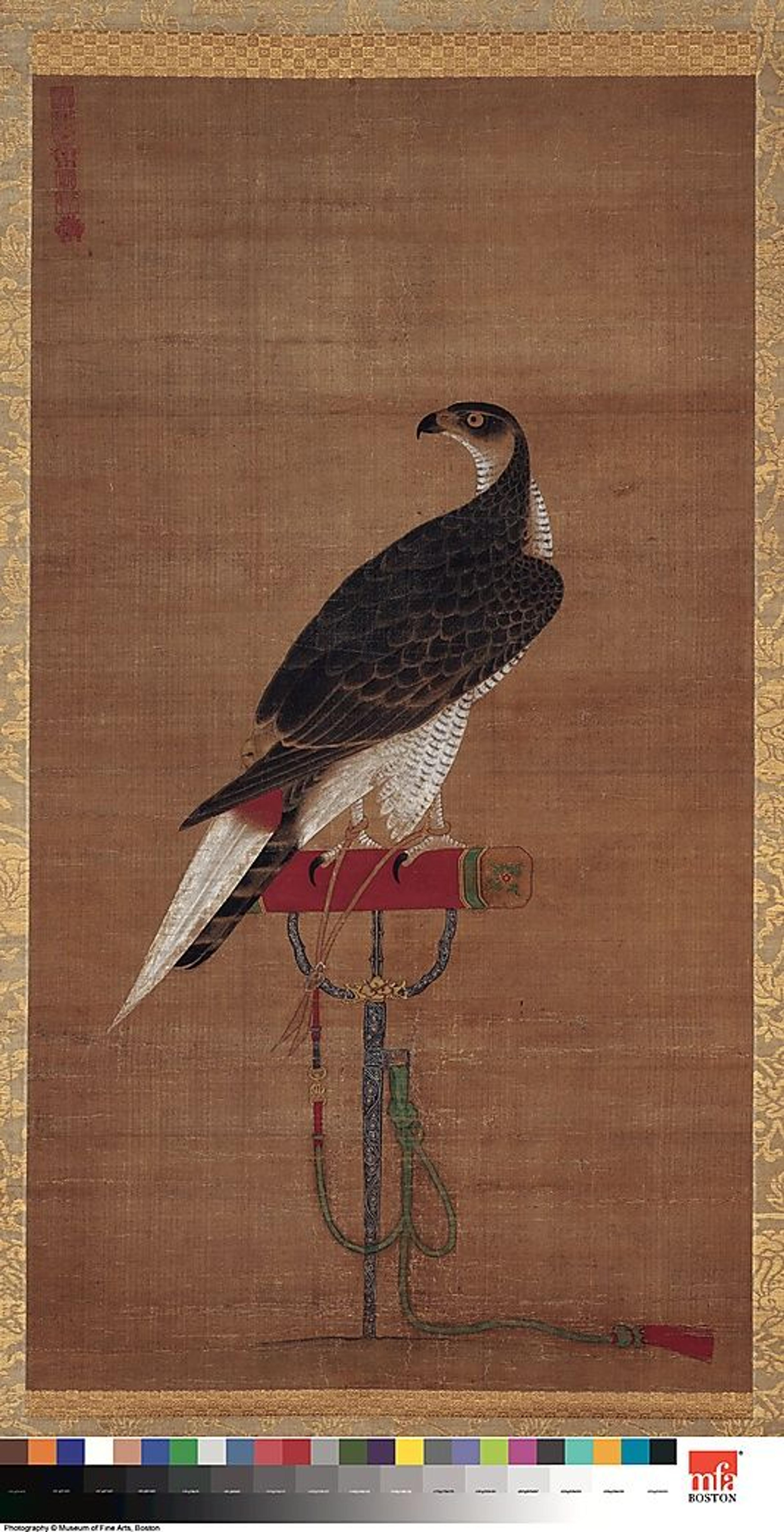
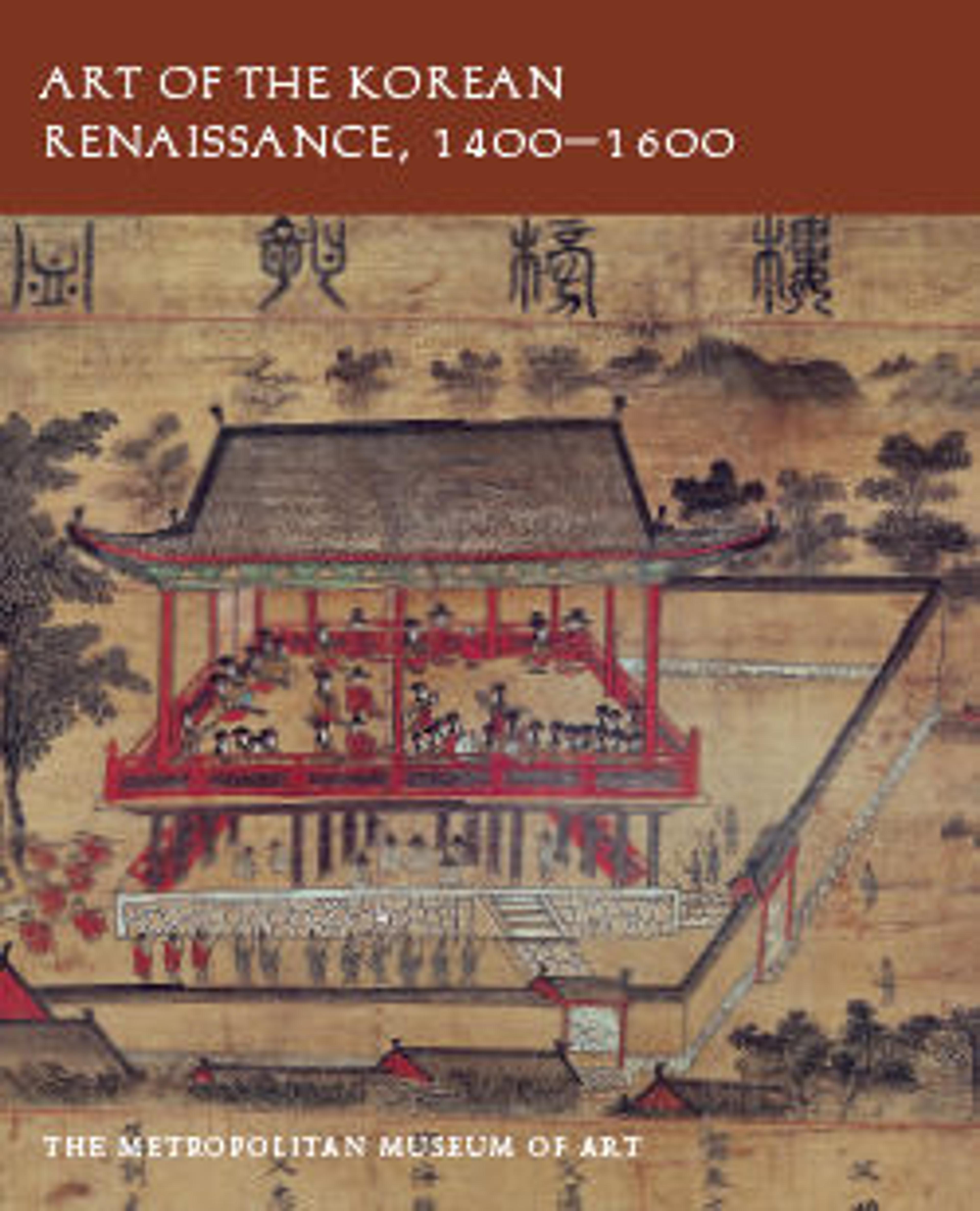
Art of the Korean Renaissance, 1400–1600
This volume and the exhibition it accompanies present a compelling and eloquent account of the artistic and cultural renaissance in Korea during the fifteenth and sixteenth centuries. The exquisite paintings, ceramics, metalware, lacquerware, and printed books featured in this publication are drawn from the holdings of The Metropolitan Museum of Art, New York, and other important museums, institutions, and private collections in Korea, the United States, Japan, and Europe. Many of these distinguished works have never before been seen in the United States.
These masterpieces were produced under the aegis of Korea's revolutionary last dynasty, the Joseon, which was founded in 1392 and lasted until 1910. Within the dynasty's first two centuries, the Joseon rulers institutionalized the reorganization of civil and religious society undertaken by the previous Goryeo kings. Moreover, the new leaders sought to create a political, social, and cultural renewal following a period of Mongol domination and internal regression. As active patrons and collectors—and sometimes painters themselves—the Joseon royal family also brought a dynamic new vision to the nation's artistic traditions.
Joseon society rested upon a reinterpretation of the Confucian principles that had long underpinned the East Asian world. Here, JaHyun Kim Haboush analyzes the initiatives that arose from the sustained this radically restructured civil society, including the development of an alphabet, hangeul, formulated to extend Neo-Confucian values to groups previously excluded from the wider culture; the diligent promotion of proper Neo-Confucian rites; and the relegation of Buddhism to the private sphere, often the royal and aristocratic courts. Soyoung Lee examines the uniquely Korean artistic currents, especially in painting and ceramics, that emerged during this period. Royal and elite patrons supported innovative secular art that transformed past traditions, both native and from the broader Confucian world, and encouraged the development of novel contemporary trends. Sunpyo Hong and Chin-Sung Chang explore the new paradigms formulated by Korean painters. Some recorded the faces and feasts of the newly created bureaucratic class, others engaged with the conventions of traditional Chinese landscape painting, while still others encoded protests and aspirations into seemingly tranquil genre subjects.
The early Joseon dynasty gave rise to one of the most fertile cultural climates in Korean history. This is the first English-language publication to treat this singularly productive period.
Met Art in Publication
You May Also Like
Press the down key to skip to the last item.
Citation
Lee, Soyoung, Chin-Sung Chang, JaHyun Kim Haboush, and Sunpyo Hong. 2009. Art of the Korean Renaissance, 1400-1600. New Haven New York: Yale university press the Metropolitan museum of art.

